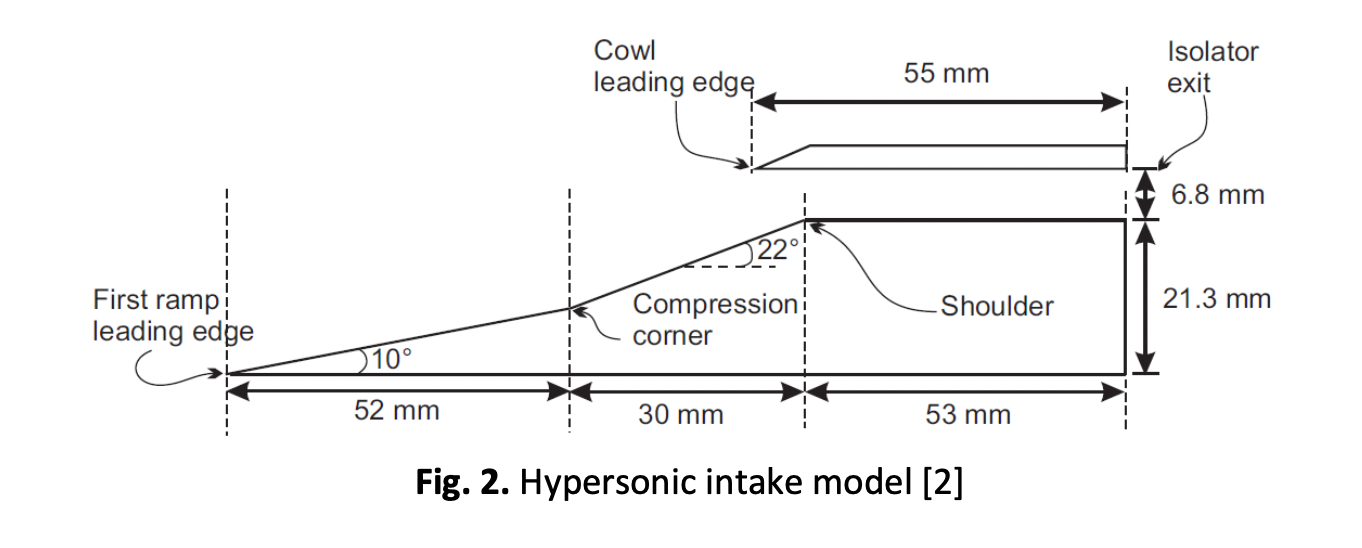Grid Adaptive Technique for Simulation of Scramjet Intake-Isolator at Hypersonic Speeds
DOI:
https://doi.org/10.37934/arfmts.101.1.7389Keywords:
Hypersonic intake, CFD, shock waves, Mach numberAbstract
Hypersonic intake is one of the major components of Scramjet engine. It compresses the incoming hypersonic flow through a series of oblique shocks as the flow passes through intake-isolator section before entering the combustion chamber, which is essential for efficient combustion. The shocks generated inside in the intake interacts with boundary layer following shock boundary layer interaction and flow separation. The separated flow blocks the flow capture area such that engine expresses unstarting phenomenon. Understanding and mitigating such flow phenomenon is a challenging task. With respect to hypersonic speeds the experimental facilities are very limited. The only alternative to solve this problem is Computational Fluid Dynamics because of its capabilities. But validation of CFD results with analytical or experimental is the foremost prerequisite to chase computational analysis. Mostly at high speeds the precision of CFD results rest on the type of grid, number of elements and turbulence model used. So, in this paper, computational analysis of hypersonic intake is carried out through designed conditions to ensure the correct CFD process is used by varying number of elements in fluid domain by grid adaptive technique using ANSYS Fluent and satisfying Y+ parameter. The domain is analysed with various turbulence models and among them SST has predicted all the flow characteristics of scramjet intake-isolator at hypersonic speeds like separation bubble, shock reattachment, cowl shock etc similar to experimental results with the help of grid adaptive technique. So, grid adaptive technique is also proposed for simulation of scramjet intake at off-design conditions.
Downloads
































